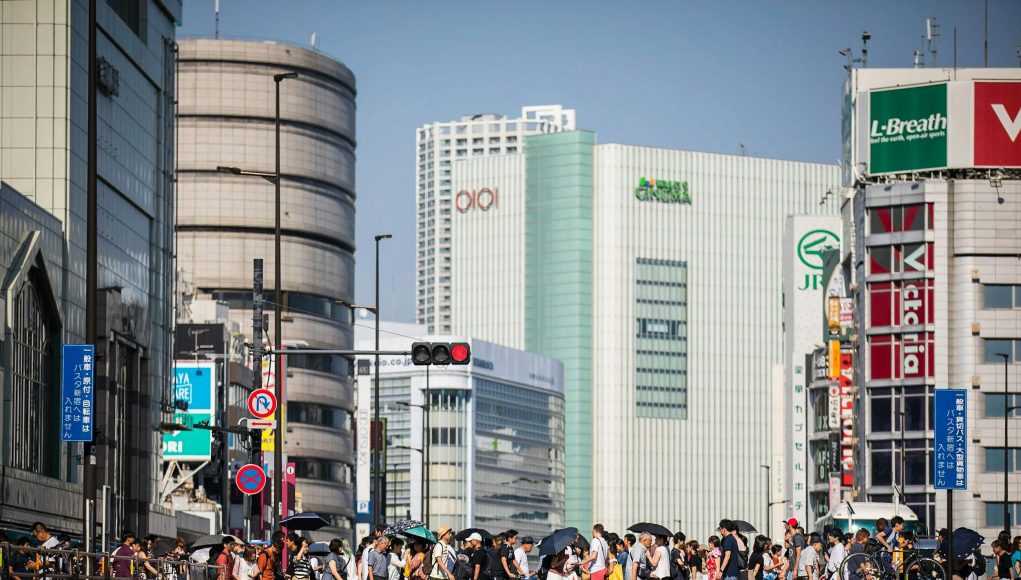
(Singapore, 21.11.2025)Japan has approved a massive new economic stimulus package worth ¥21.3 trillion (about S$175 billion) as Prime Minister Sanae Takaichi moves to ease the financial strain many households are feeling from persistent inflation. It is the largest round of additional spending since the Covid-19 pandemic and marks Takaichi’s biggest economic push since taking office.
The package, announced on Friday, is designed mainly to help families cope with higher living costs. It includes direct cash handouts, energy subsidies, tax changes and new funds for regional governments. At the same time, it expands investment in defense, disaster readiness and Japan’s long-term economic competitiveness.
Big Focus on Price Relief
The government’s main priority is clear: easing the pain of rising prices. Out of the total amount, ¥11.7 trillion is dedicated to price relief measures alone.
A key part of that effort is a subsidy of ¥7,000 for every household to offset gas and electricity bills. The support will run for three months through March and is expected to cost ¥500 billion.
Families with children will also receive a one-time cash handout of ¥20,000 per child. This measure is estimated to cost ¥400 billion. In addition, ¥2 trillion will be distributed to local governments so they can roll out their own support programs.
The decision to channel so much money into price relief reflects the political pressure the government faces. Japan’s core inflation rate has stayed at or above the Bank of Japan’s 2% target for 43 consecutive months—its longest streak since the early 1990s. Higher prices have frustrated many voters and contributed to the turnover in leadership before Takaichi stepped in.
Economists say the government’s aggressive approach may also reflect the reality of running a minority government. Some measures—including the energy subsidies—were shaped through negotiations with opposition parties whose cooperation Takaichi needs in parliament.
Saori Tsuiki, a senior economist at Mizuho Research & Technologies, noted that the package grew larger during the final phase of discussions. She warned that if investors see the move as a sign of weaker fiscal discipline, it could trigger further yen depreciation and reduce the package’s intended economic boost.
According to the Cabinet Office, the combined price relief measures are expected to lower overall inflation by an average of 0.7 percentage point between February and April next year.
The package also adopts several ideas proposed by opposition parties, including scrapping the gasoline tax—a move estimated to cost about ¥1 trillion. Another measure will raise the income tax–free threshold, which will reduce the tax burden for many households. This change carries a cost of ¥1.2 trillion.
Defense, Diplomacy and Crisis Management
Beyond price relief, the government is using the stimulus package to accelerate broader strategic goals.
About ¥1.7 trillion is set aside to strengthen Japan’s defense and diplomatic capabilities. Of this, roughly ¥1.1 trillion will help Japan achieve its target of raising defense spending to 2% of GDP this fiscal year—two years earlier than originally planned.
Another ¥7.2 trillion will be allocated for investment related to crisis management, including measures to strengthen Japan’s readiness for disasters and other national emergencies. The government is also reserving ¥700 billion specifically to deal with disasters and incidents caused by wild animals, including bears, which have become an increasing concern in rural areas.
Despite concerns among some investors, early signs suggest that voters back Takaichi’s approach. Local media surveys show strong approval ratings for her cabinet. One recent poll by ANN found that public support climbed to 67.5%, with a majority saying they were hopeful about the government’s economic measures.
The stimulus package is expected to require substantial bond issuance. People familiar with the matter say that government bond sales will likely exceed last year’s levels. These expectations have already influenced the markets: yields on five- and ten-year government bonds touched their highest point since 2008 earlier this week, and longer-dated yields also moved higher.
The yen has weakened as well, slipping beyond ¥157 per US dollar—its softest level since January. The slide prompted senior government officials to issue verbal warnings aimed at stabilizing the currency.
Even so, credit analysts say Japan’s already high government debt level means the new spending is unlikely to dramatically change the country’s fiscal risk profile. Rain Yin, a sovereign analyst at S&P Global Ratings, noted that Japan’s rating already reflects its long-standing fiscal challenges. Additional weakening, she said, is unlikely to cause a major shift.
Expected Economic Boost
Officials expect the package to lift Japan’s GDP growth by roughly 1.4 percentage points per year on average for the next three years, assuming the measures are rolled out as planned. The boost would be welcome after Japan’s economy contracted in the July–September quarter—its first decline in six quarters—partly due to the impact of US trade tariffs.
The new package also pledges support for sectors seen as crucial for Japan’s economic security. This includes strengthening the financial foundations of the Japan Bank for International Cooperation and Nippon Export and Investment Insurance to ensure the execution of a major US$550 billion investment fund tied to the recent Japan-US tariff agreement.
The government also plans to explore new funding sources for industries such as shipbuilding, quantum technology, and critical mineral supply chains—areas considered vital for the nation’s long-term resilience.





































